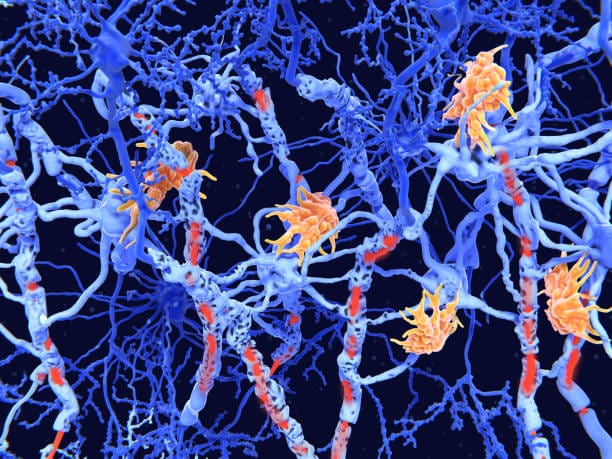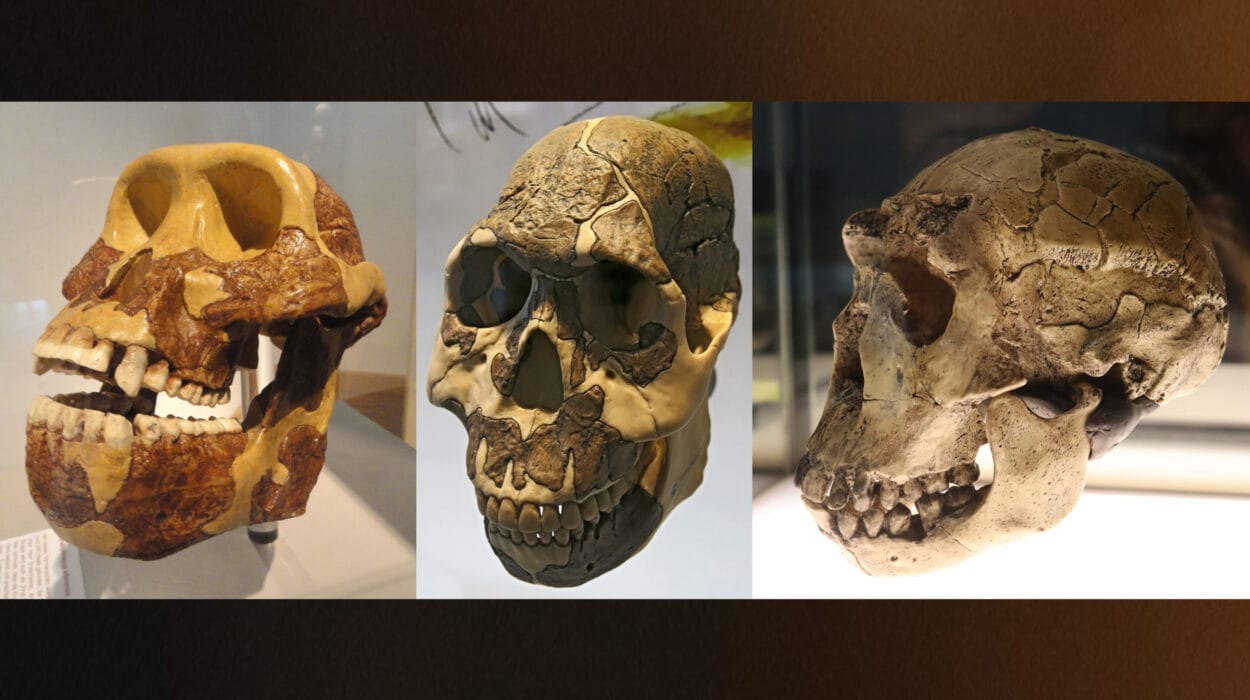In 2025, the Taung Child — a small fossilized face and skull of a young hominin from South Africa — turns 100 years old. A century may not seem long in evolutionary terms, but for the science of human origins, it represents a turning point so dramatic that the field of paleoanthropology can be divided into two eras: before Taung and after Taung.
This one fossil did not simply add another piece to the puzzle of human evolution. It forced scientists to confront a deeper truth: understanding our origins requires not only careful observation of bones, but the courage to question our own biases. Nearly a century before global movements called for the decolonization of scientific thinking, the Taung Child quietly but powerfully exposed how prejudice shaped scientific belief — and how evidence, when taken seriously, can reshape the world.
A World Searching for Its Beginnings
By the late 19th century, Charles Darwin’s theory of evolution had transformed biology. Fossils of ancient life were being unearthed across the globe, and a growing scientific community was determined to track down the origins of Homo sapiens. But with this global search came assumptions — some unconscious, some deeply ingrained — about what early humans should look like, and where they should have come from.
The first major discovery shaping these beliefs was Java Man, a Homo erectus fossil found in Indonesia in 1880. The specimen seemed strange: neither fully ape nor fully human, its most striking feature was its relatively large braincase. Scientists concluded that early humans must have been defined by big brains — that intelligence came first, and everything else followed. From this, a narrative formed: the earliest humans were distinguished from apes mainly by their superior thinking abilities.
This idea became scientific doctrine, but it rested on a fragile foundation. A second discovery, Piltdown Man, appeared in England in 1912, and fit this worldview perfectly. With a large, modern-looking skull combined with an ape-like jaw, Piltdown Man seemed to confirm the “big brain first” theory. More importantly for many researchers of the era, it was found in Europe — conveniently aligning with racial hierarchies that wrongly viewed Europeans as biologically superior and closer to the “origin” of modern humans.
The scientific community embraced Piltdown with enthusiasm that bordered on relief. It was, in truth, too perfect. And that perfection made it dangerous.
The Fossil No One Expected
Then came the unexpected: an infant skull found by laborers in a lime quarry in Taung, South Africa. The fossil was brought to the attention of Raymond Dart, a young anatomist and the first head of the newly established Wits Medical School. Dart immediately saw something remarkable in the fossil — something neither fully ape nor fully human, but something strikingly close to what Darwin had predicted decades earlier.
Dart published his announcement in 1925, naming the species Australopithecus africanus. The fossil became known as the Taung Child. It possessed teeth and facial structure similar to early humans, and an opening at the base of the skull that indicated upright walking — a key human trait. But there was one problem in the eyes of early 20th-century scientists: its brain was small, much smaller than those from Java or Piltdown.
To many researchers, that small brain outweighed every other piece of evidence. They were convinced that brain size had to be the earliest defining feature of humanity. And so they dismissed Dart’s claim as wishful thinking from a scientist far outside Europe’s influential scientific circles.
Worse still, they dismissed it because of where it came from. The idea that the cradle of humanity could be African — that our earliest ancestors might not have emerged from European soil — seemed unthinkable to scholars steeped in racial bias.
The Taung Child was scientifically extraordinary. But for many, it was socially and ideologically unacceptable.
Vindication Through Evidence, and the Collapse of a Myth
For twenty long years, Raymond Dart and a small circle of open-minded researchers stood alone, defending the Taung fossil against criticism, mockery, and professional isolation. But the rocks of Africa would ultimately speak louder than any academic argument.
Beginning in the 1930s and accelerating into the 1940s and 1950s, more hominin fossils emerged from South and East Africa — adult forms of Australopithecus, as well as other early species. These fossils clearly showed that upright walking evolved long before large brains. The human journey had followed a different path than expected: our ancestors stood on two legs millions of years before they evolved big, complex brains.
In 1953, the final blow struck. Piltdown Man — the proud “European ancestor” — was exposed as a deliberate hoax. Its skull was merely that of a modern human, artificially stained and paired with an orangutan jaw. What the scientific world once embraced as truth was revealed to be a reflection of its own desires and prejudices.
With Piltdown discredited and African fossils multiplying, the scientific community finally acknowledged Dart’s insight. The Taung Child was not an evolutionary outlier — it was a key piece of the human story. And that story, as it turned out, started not in Europe but in Africa.
A Tiny Face That Rewrote Human Origins
The Taung Child did more than change paleoanthropology — it transformed our understanding of ourselves. It showed that the path to humanity was not a straight line from primitive to superior, but a complex branching process shaped by environment, adaptation, and long spans of time.
Most importantly, Taung taught science a humbling lesson: evidence must guide interpretation, not prejudice. The fossil was dismissed not because it lacked scientific merit, but because it challenged narratives that scientists were emotionally invested in. It contradicted what they thought early humans should be, and where they should come from.
Today, the African origin of humanity is a foundational truth. Genetic studies, fossil discoveries, and geological records all point to Africa as the birthplace of our species and many of its precursors. The Taung Child did not singlehandedly prove this, but it cracked open the door — and once open, the door never closed again.
The Legacy of Taung in a Changing World
A century after its discovery, the Taung Child still feels startlingly modern. Its story mirrors ongoing discussions about the ways biases — cultural, racial, institutional — shape scientific interpretation. Paleoanthropology has grown more inclusive, more collaborative, and more aware of how the questions we ask influence the answers we find. But the field, like all sciences, continues to evolve.
South Africa remains a center of groundbreaking paleoanthropological research, from the Cradle of Humankind’s limestone caves to East Africa’s Rift Valley. New discoveries continue to expand, challenge, and refine our understanding of the human past. Each fossil adds a new paragraph to the story first opened by a small face encased in ancient rock.
The Taung Child reminds us that science progresses not only through discovery, but through the willingness to question — and sometimes overturn — what we think we know. It asks us to confront our assumptions, to look at evidence with humility, and to accept that truth may emerge from unexpected places.
A hundred years later, the fossil of a child from a quiet South African quarry still challenges us to think differently. And that may be its most enduring gift — not simply revealing where we come from, but showing us how to seek the truth with open eyes, open minds, and open hearts.






